The Politics of Rome
End of 280 BC
To fully understand Rome within this period we must fully understand, the complex web of people that made Rome what it was.
Rome at this time was ruled by the Senate, but within the Senate there was a mini-Caesar/Emperor. He was the Consul, and although he had to consult the Senate on all matters, and could in theory not make decisions by himself he would carry so much power with him that few people would dare challenge him on most matters, much less matters of war and battle.
The Consul had the job for life when he was appointed but normally by the time a person became Consul they would be well into their fifties and generally not many Consul’s lasted twenty years in office. The position below this, were open to change after just four years in office, generally the same person could not hold the same position for more than eight years, but exceptions were made to the rule for those wielding high power within the empire.
The line of Consulship does not run via bloodlines, although it is not unheard of for a son to follow his father as Consul of all Rome.
Only true “royalty”, could become Consul of Rome whether this be by marriage or birth into this noble few. Quintus, the Consul of Rome had no sons, but had four daughters, and to cement his hold over his hold over the Senate, a law was passed making sure that only Quintus’ family were the only true Roman blue bloods, having said this, with Quintus no producing a son, the line of Consulship was sure to pass to knew person from another family.
At this period three of Quintus’ daughters had already been married. Publius Laevinus had married his eldest daughter, this after Quintus had adopted him as a son, for his service to Rome as Qaesator. Publius in turn was in line to become Consul when Quintus died. Two other men were in line should Publius die or Quintus change his heir, they were Tiberius Corcuncanius, and Lucius Aemilius. These two men were also married to daughters of Quintus and wielded much power within Rome. These men were the self proclaimed rulers, govenors and protectors of Rome. They would lead her armies to glory and make her markets and ports boutiful and rich.
Marcella at this period remained unmarried and it was a battle to see which batchelor would be admitted into this exclusive club.
When a Consul died , the new Consul would normally choose their heir then and their, this could be changed but normally the expectation of the heir to one day become Consul would make him very powerful and would allow him to make ties with the powerful people of Rome, all meaning that the politics of the day were very much based on who was in favour and who was not.
PS: I know this is not the way Rome worked, but I think it will add a good story element to my story.




 Reply With Quote
Reply With Quote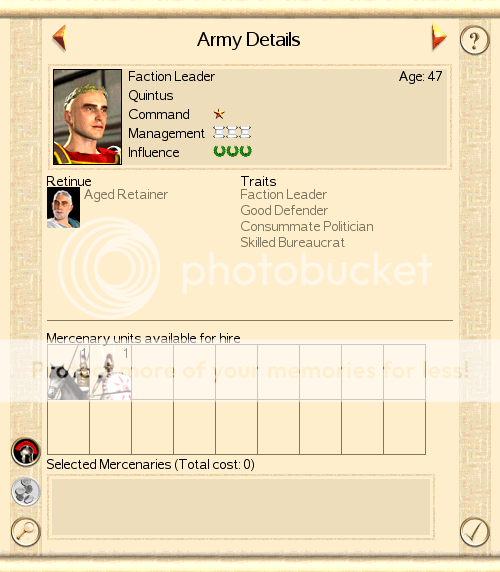
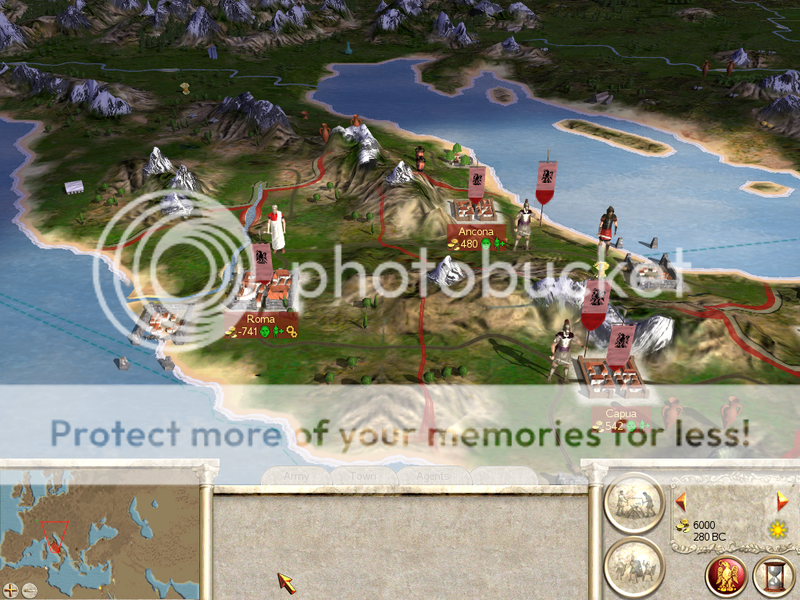
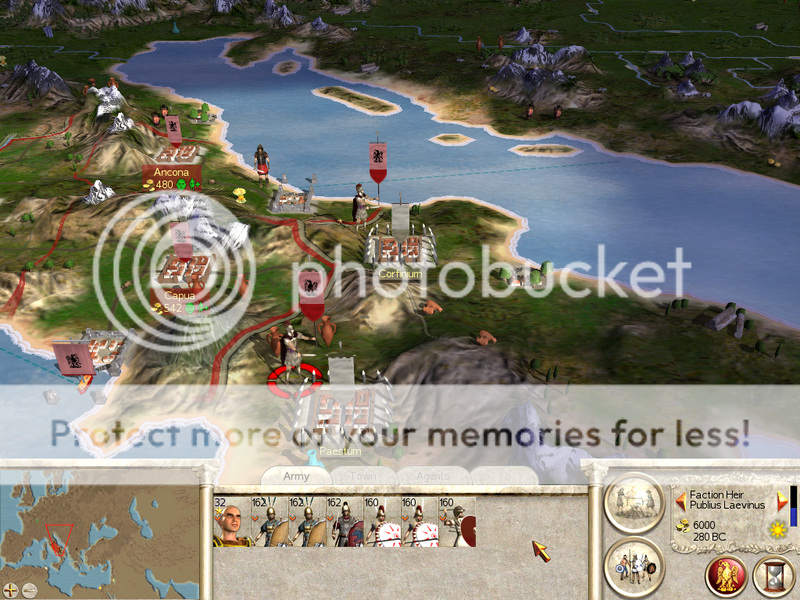

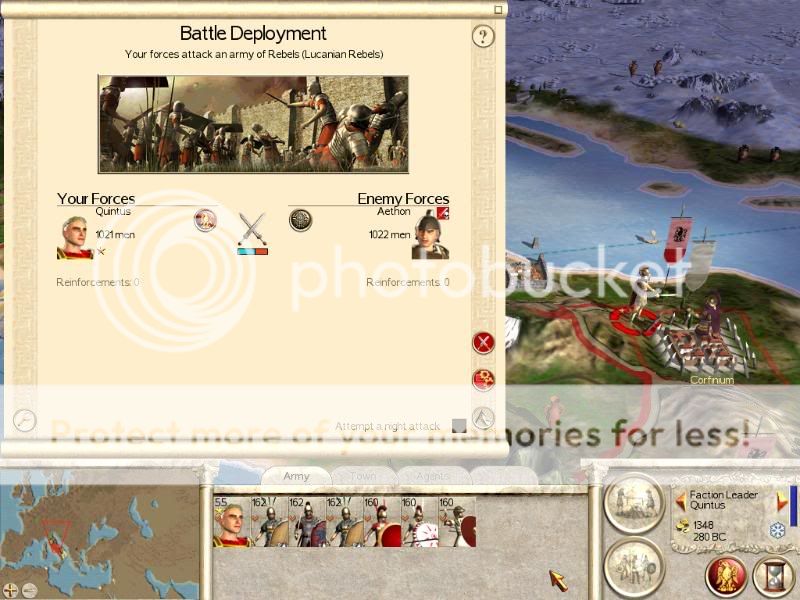
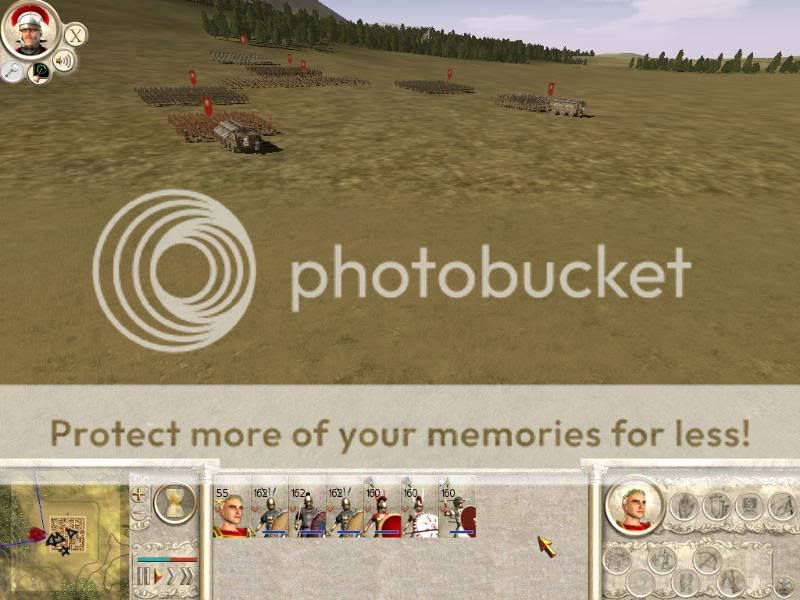
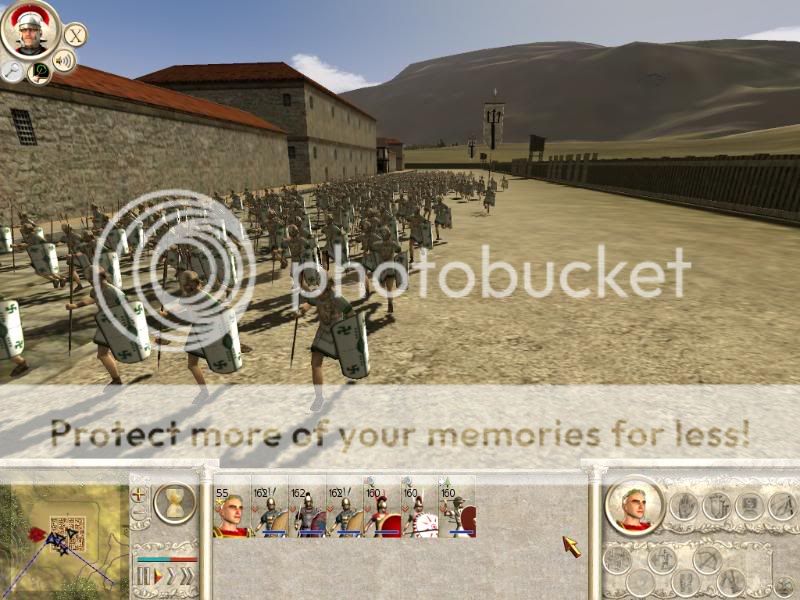
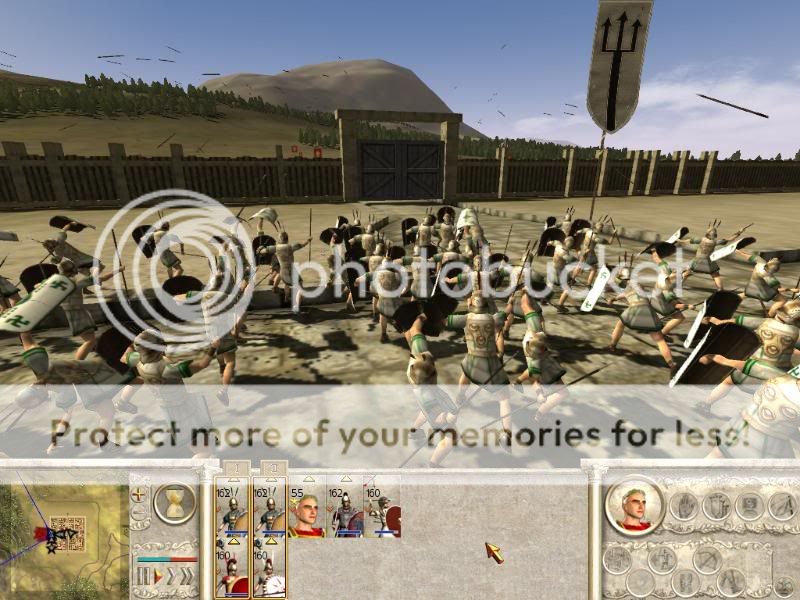
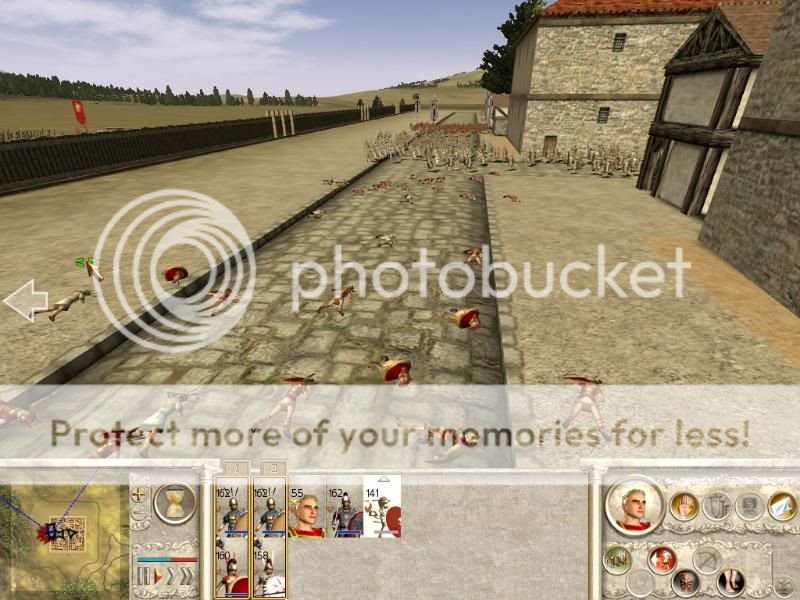
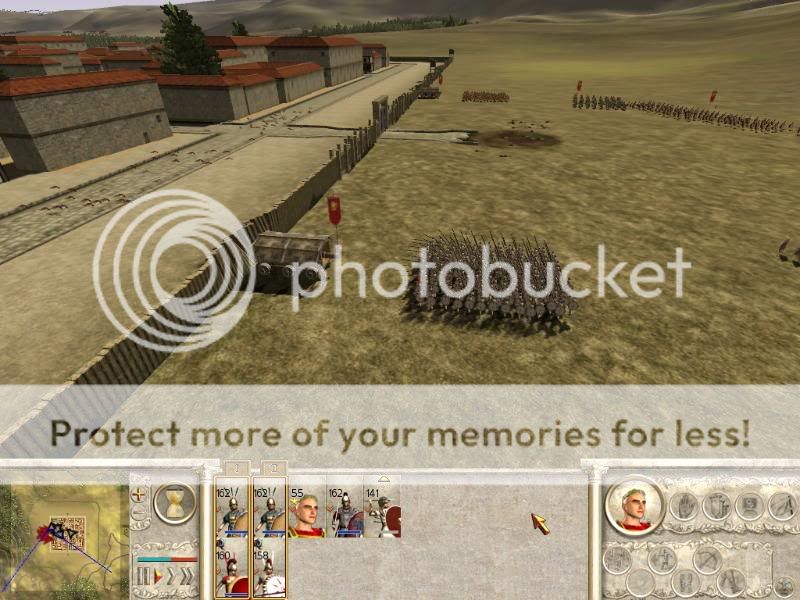
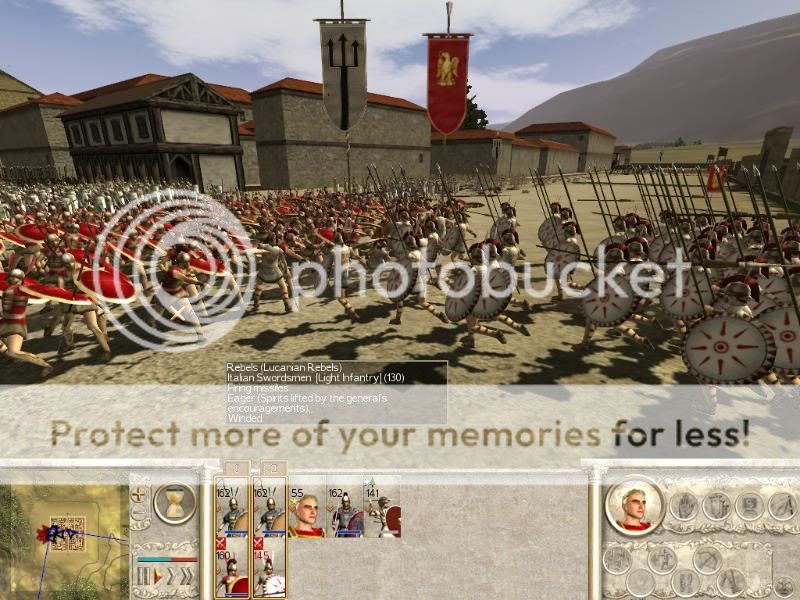
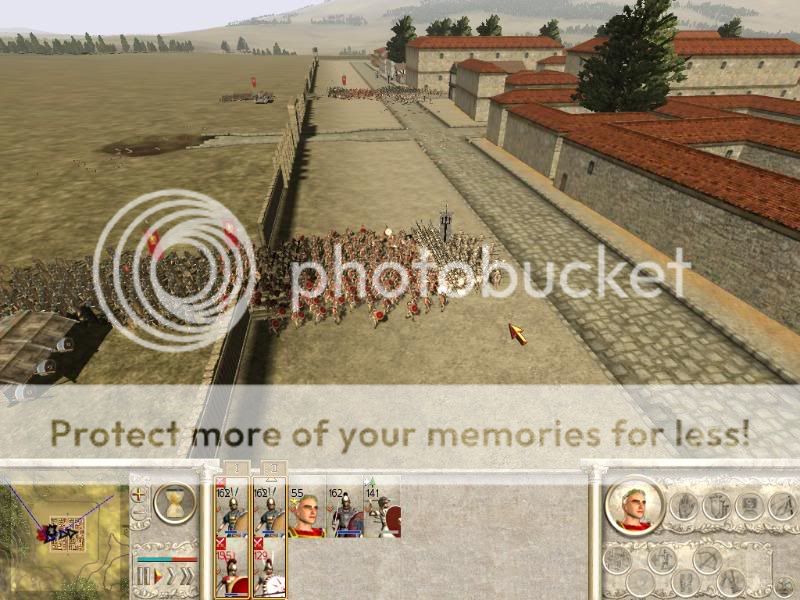

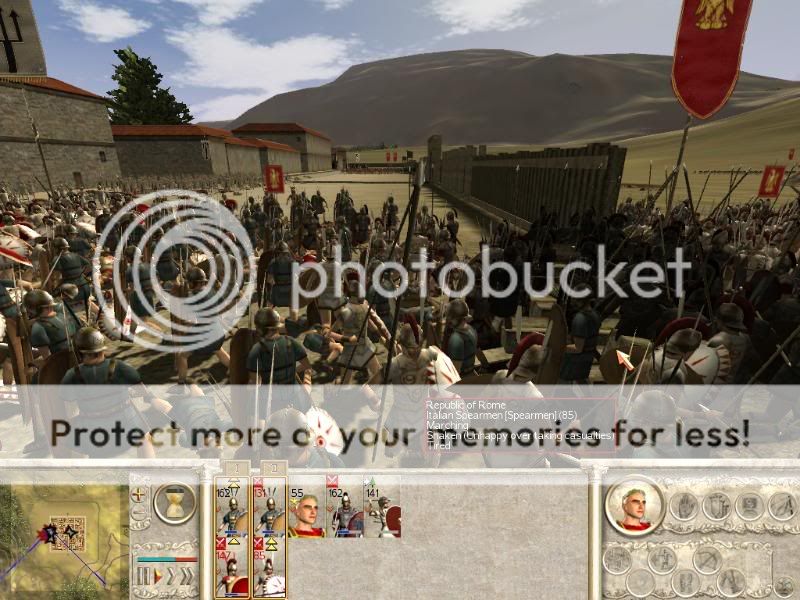
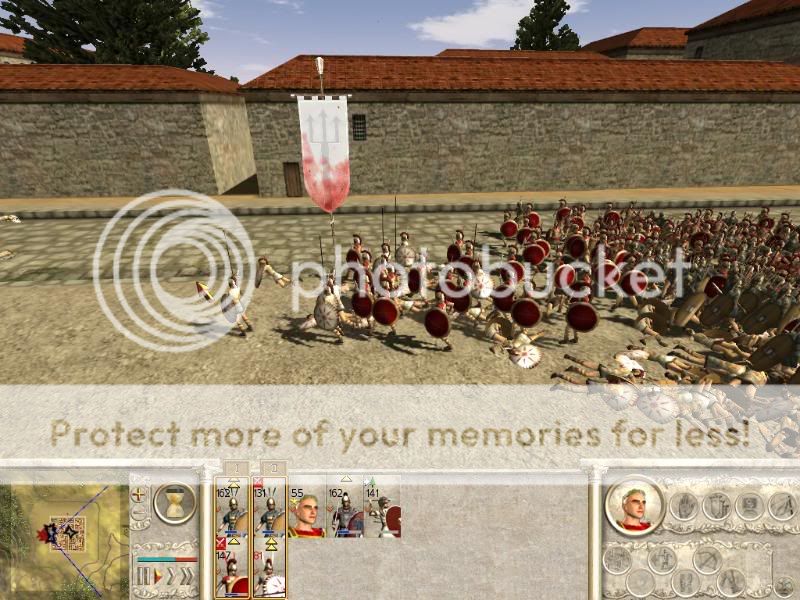
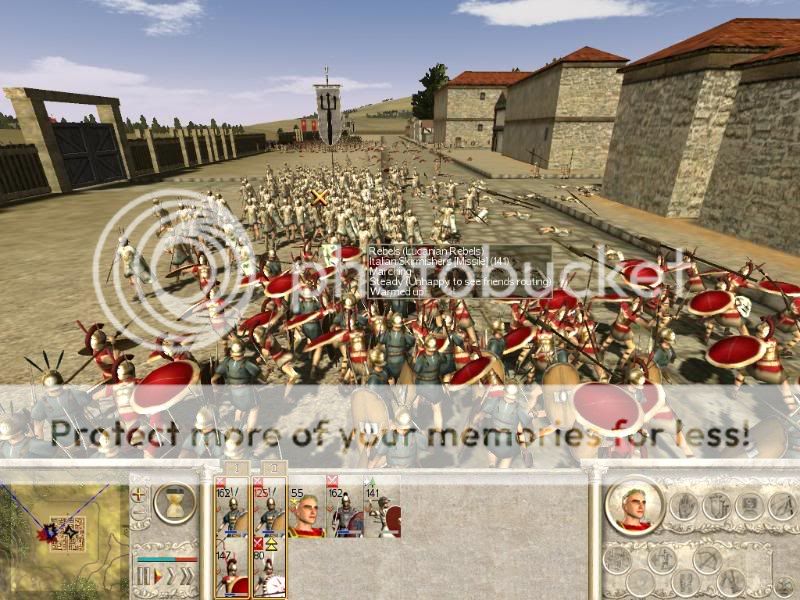
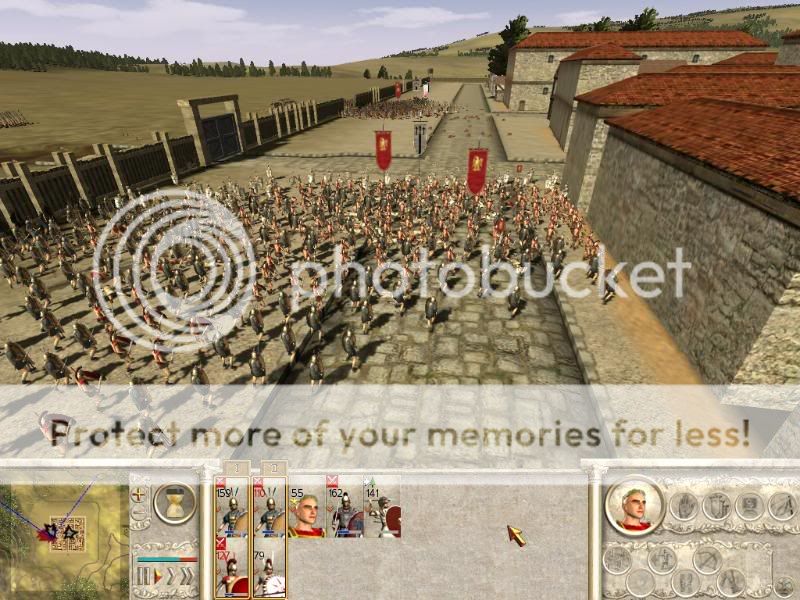
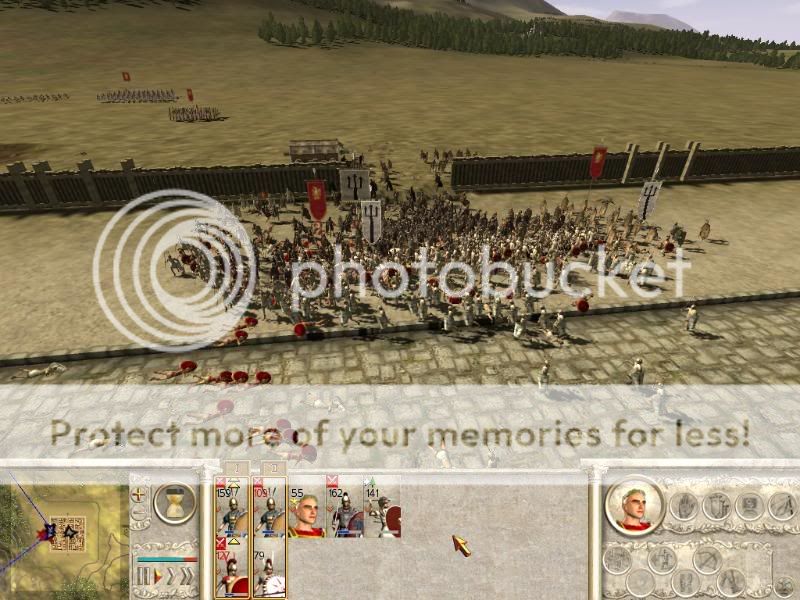
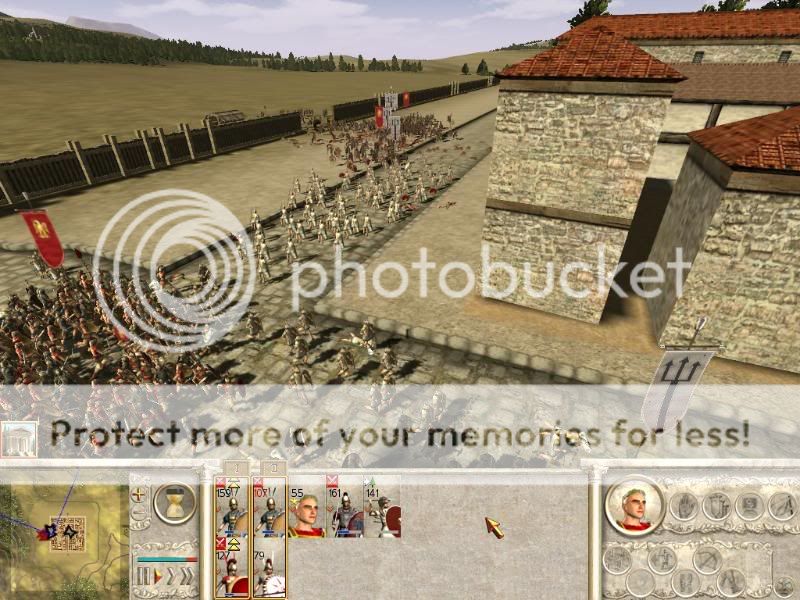
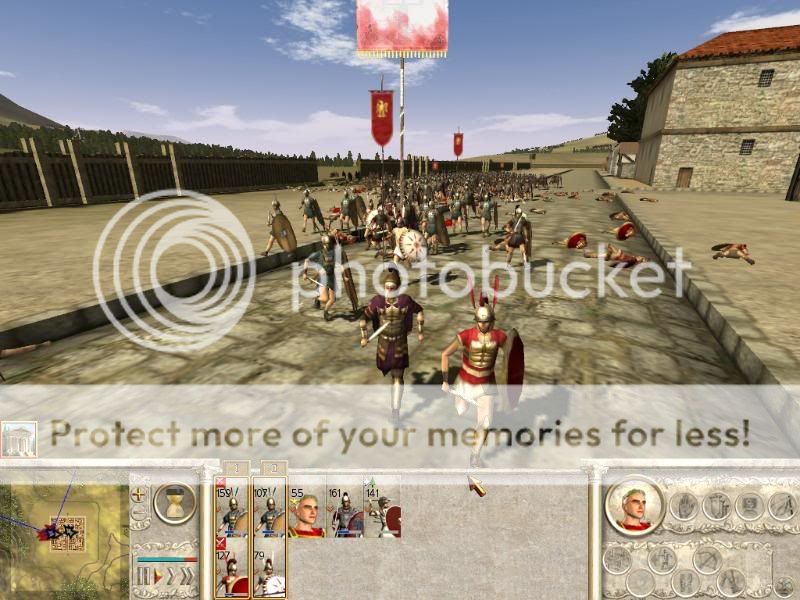
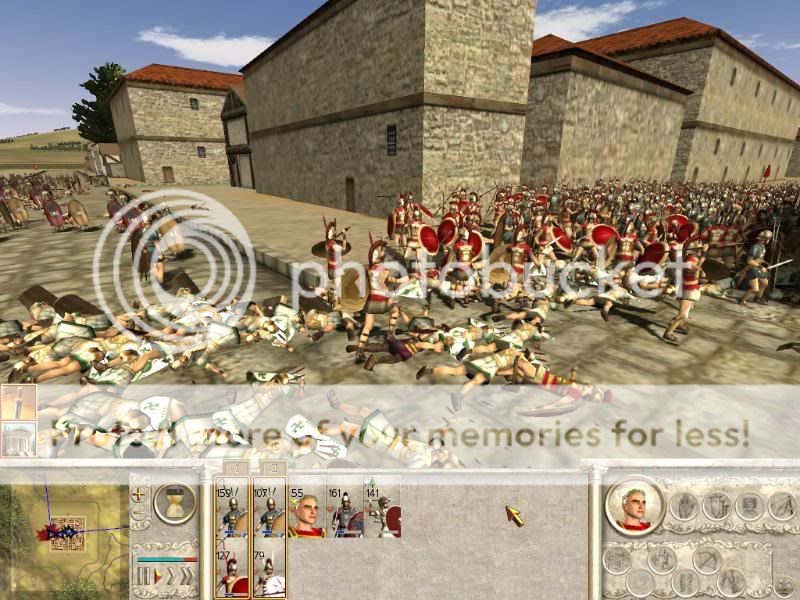
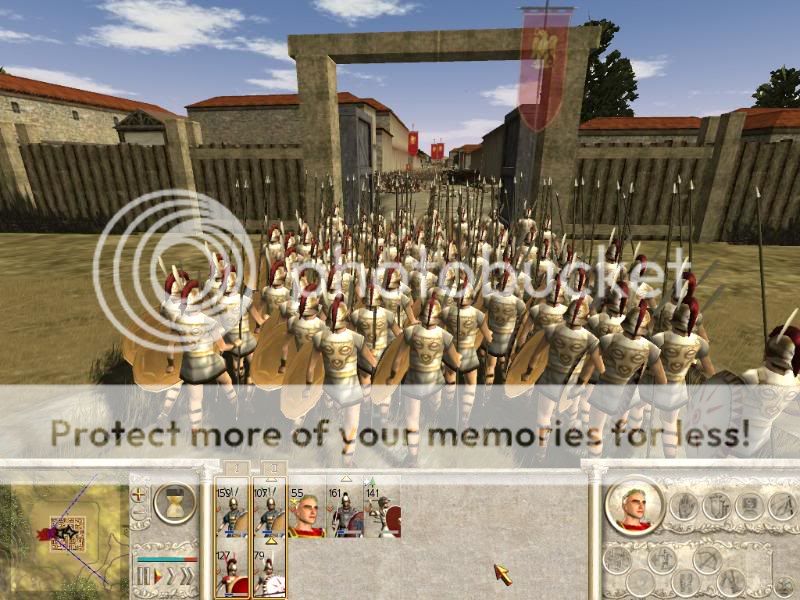

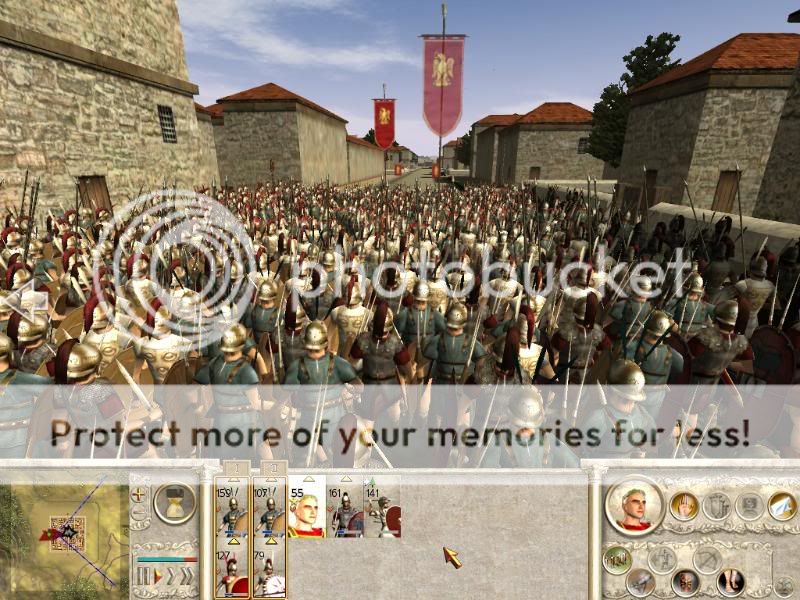
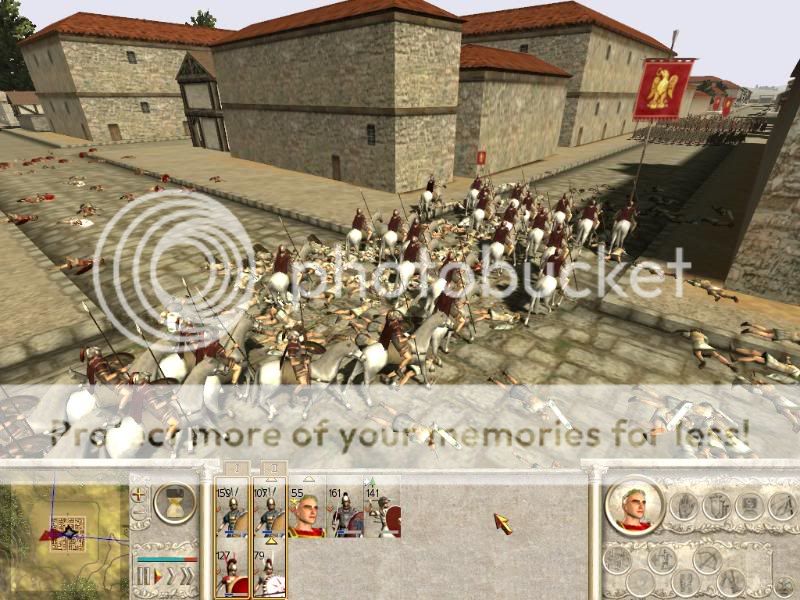

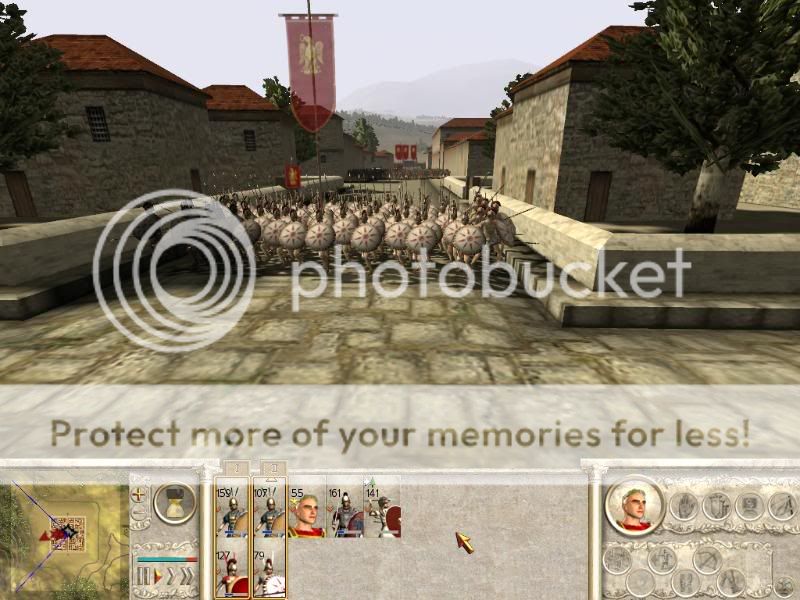
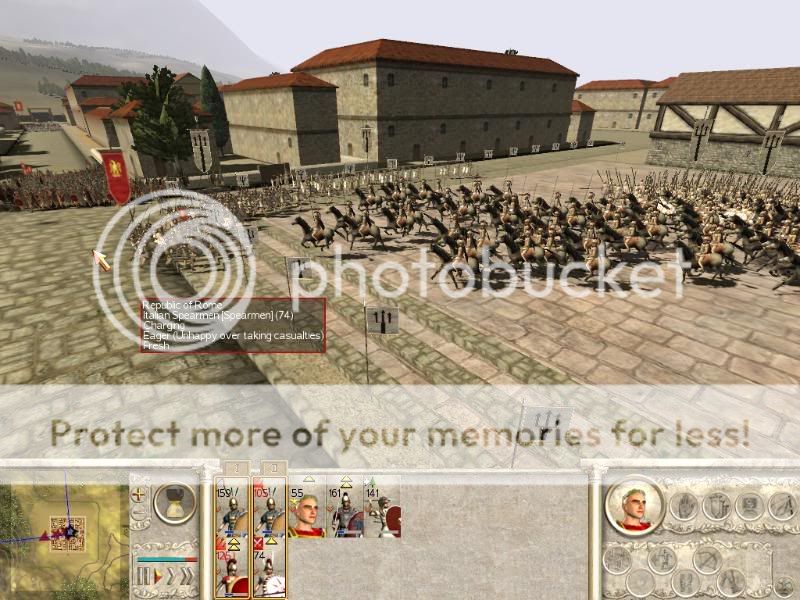

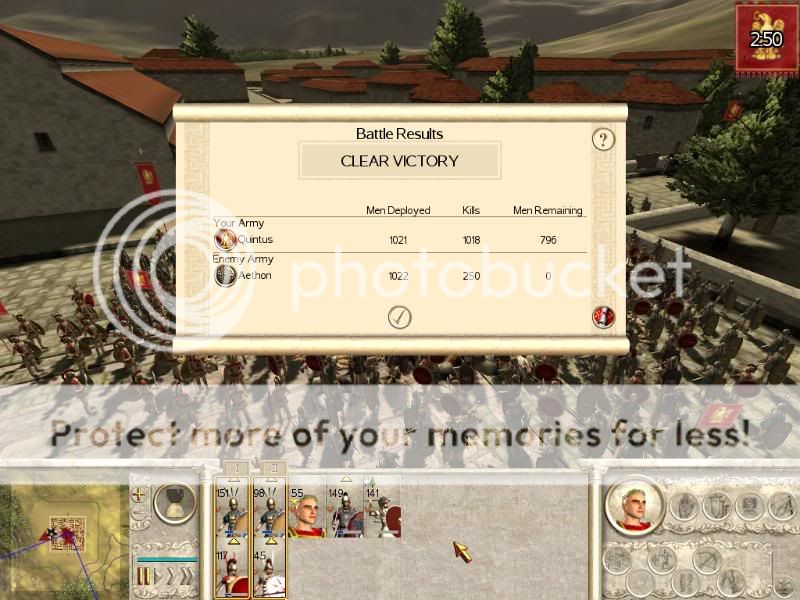
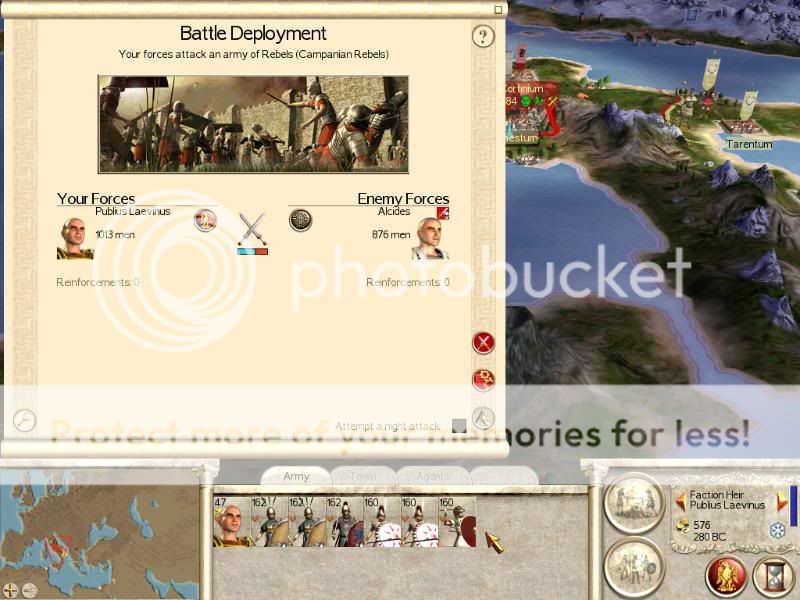
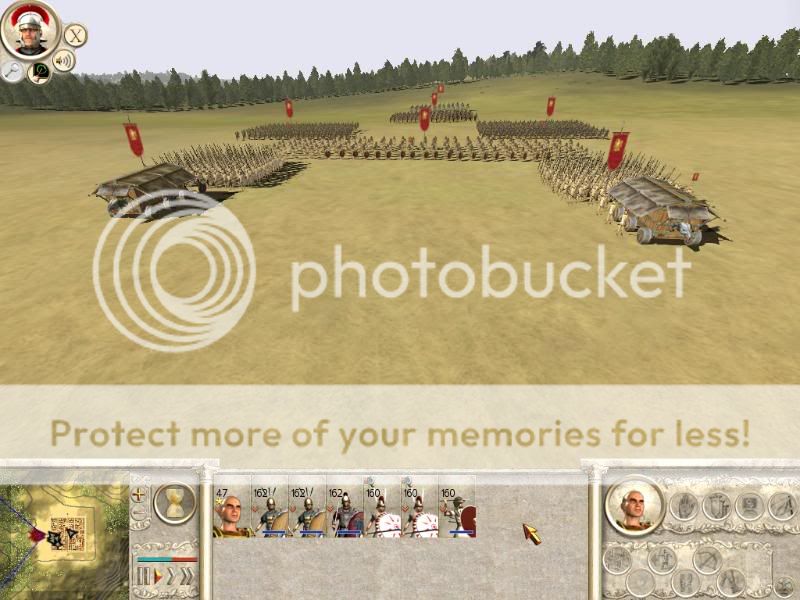
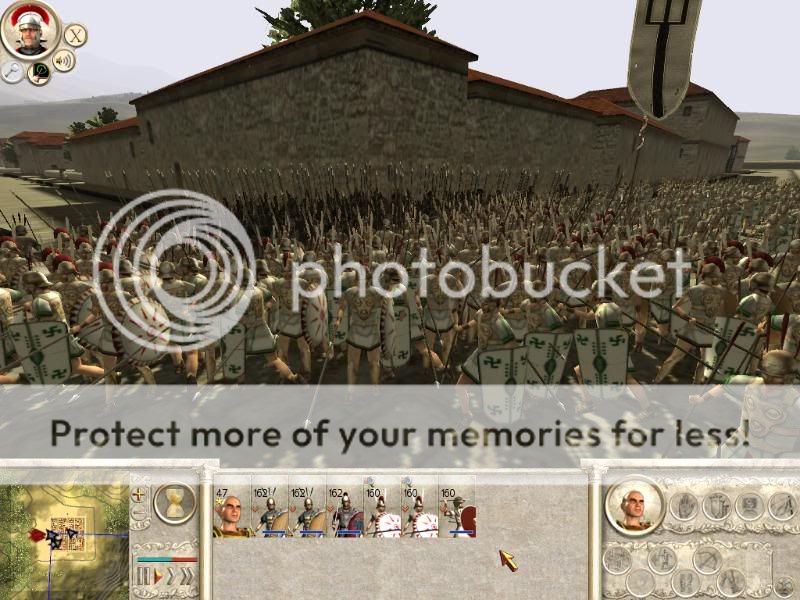

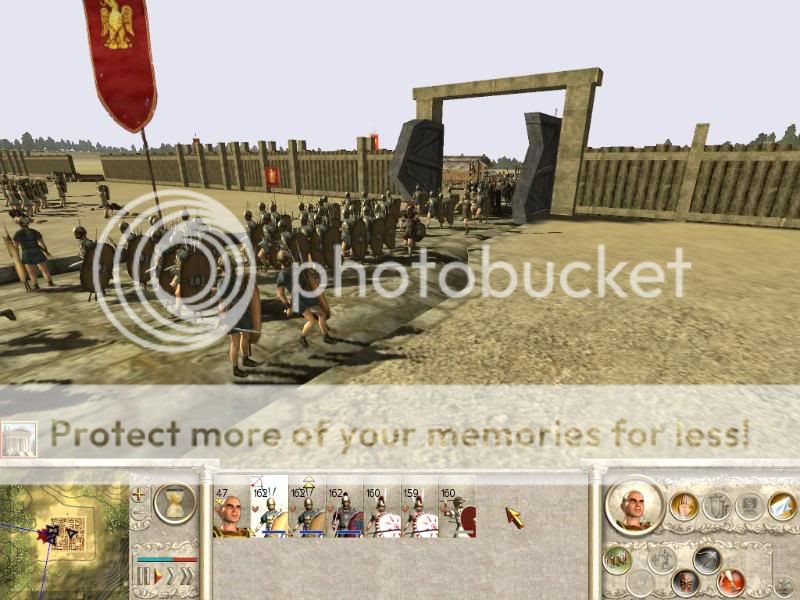
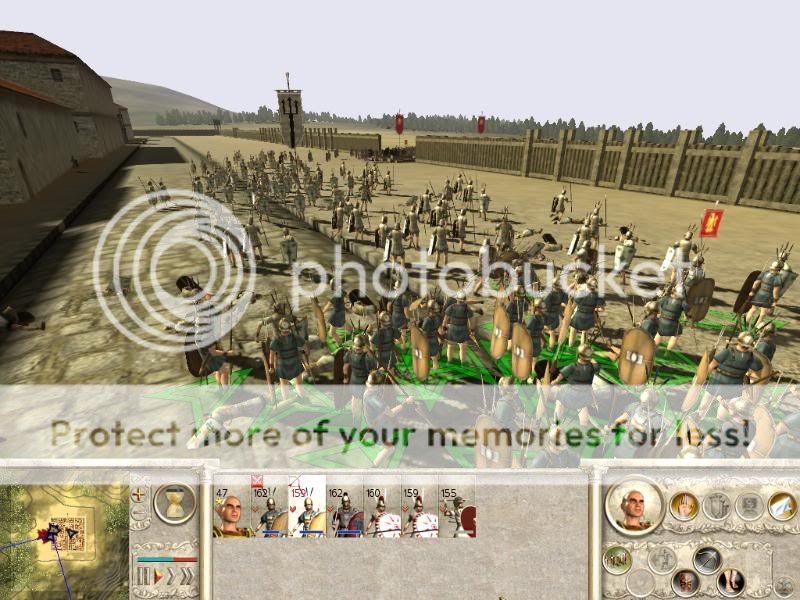

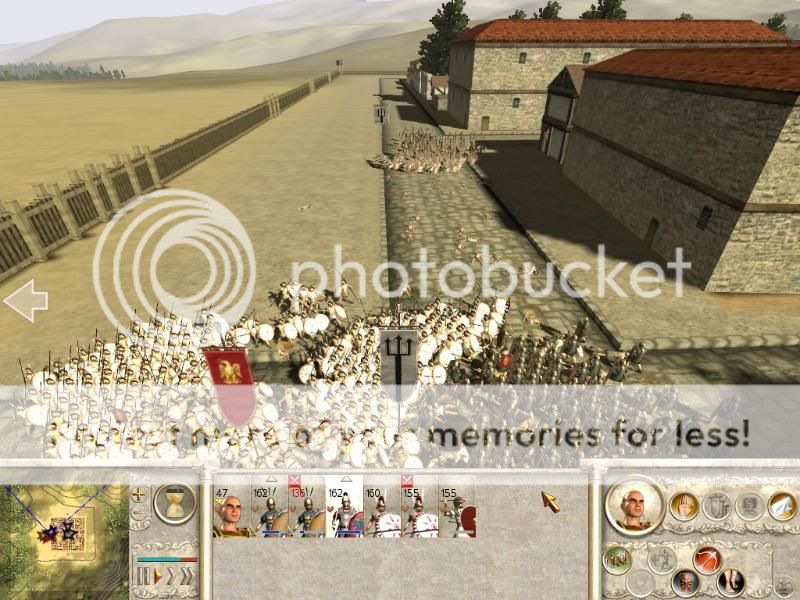
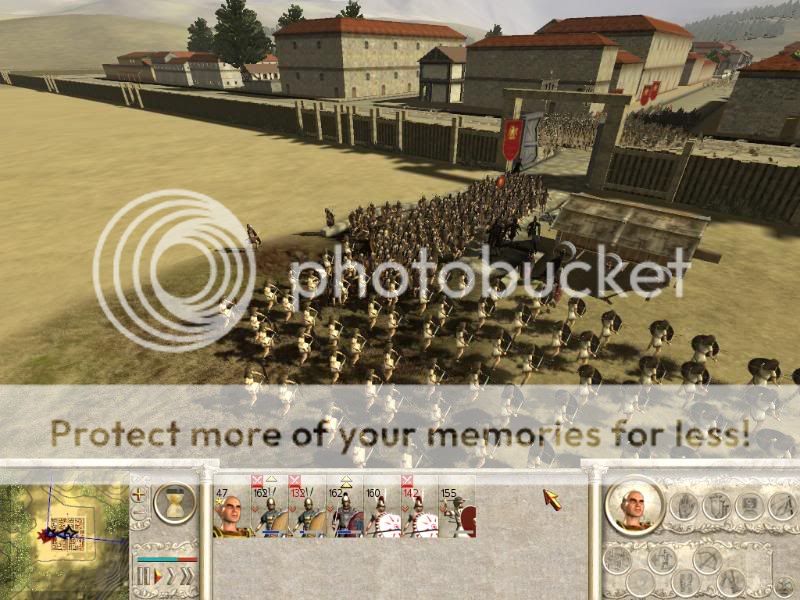
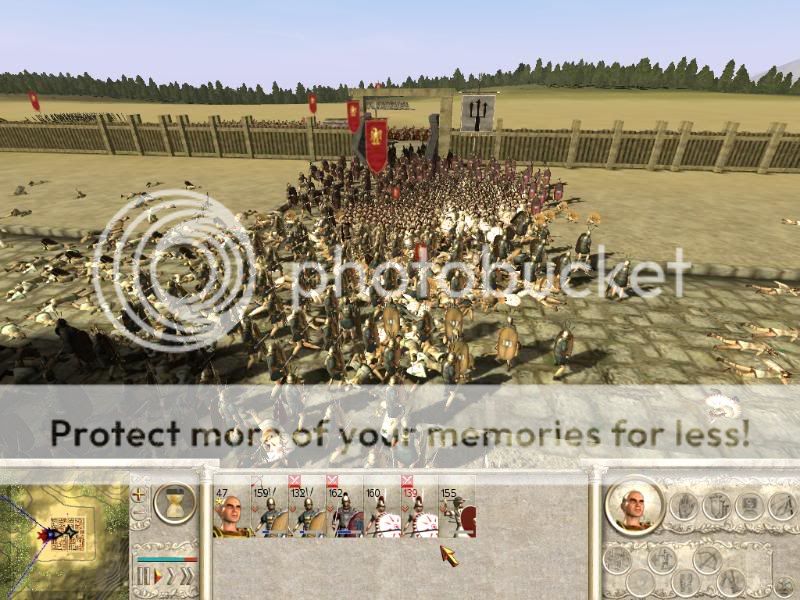
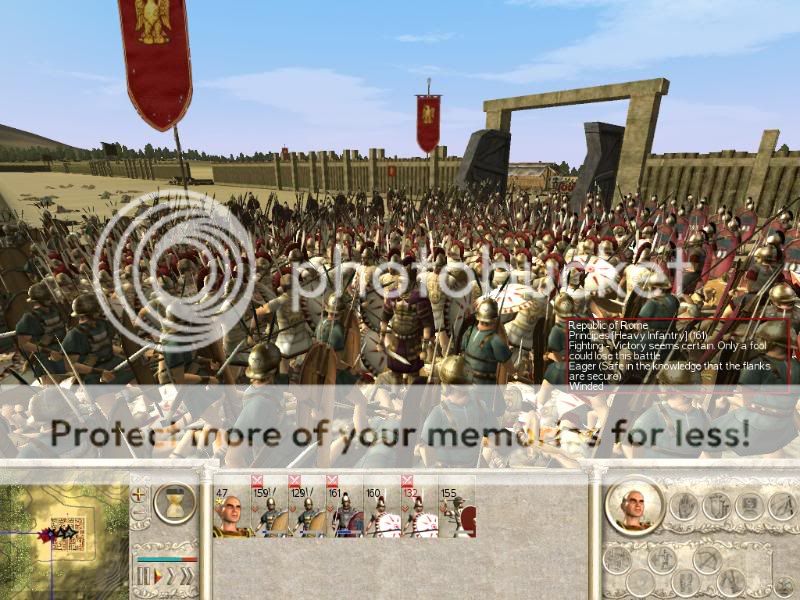
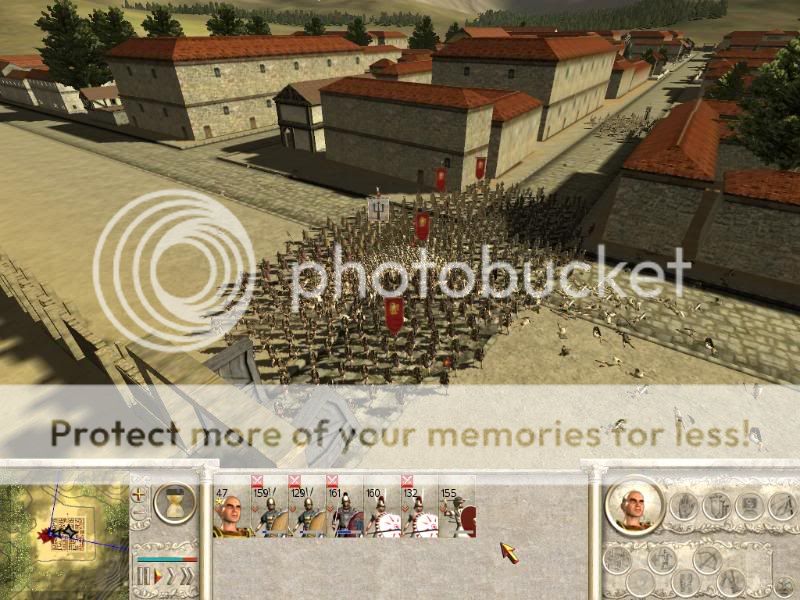
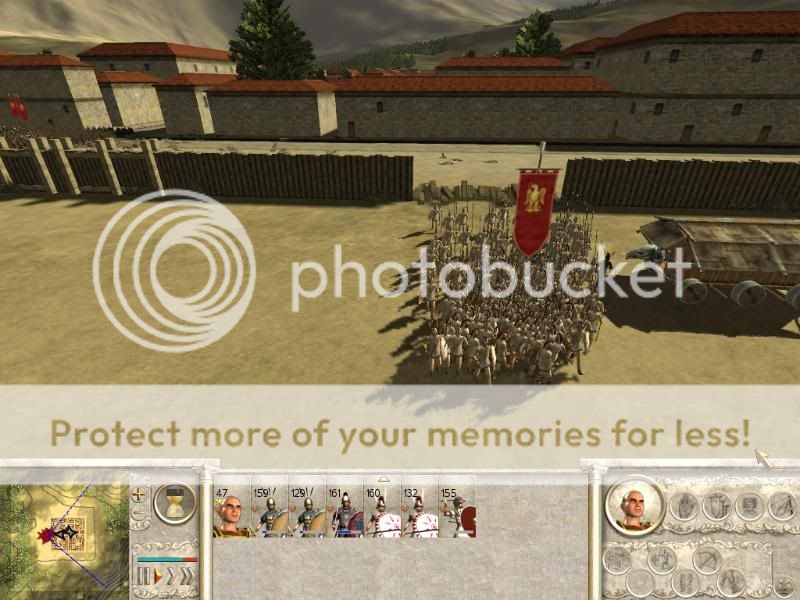
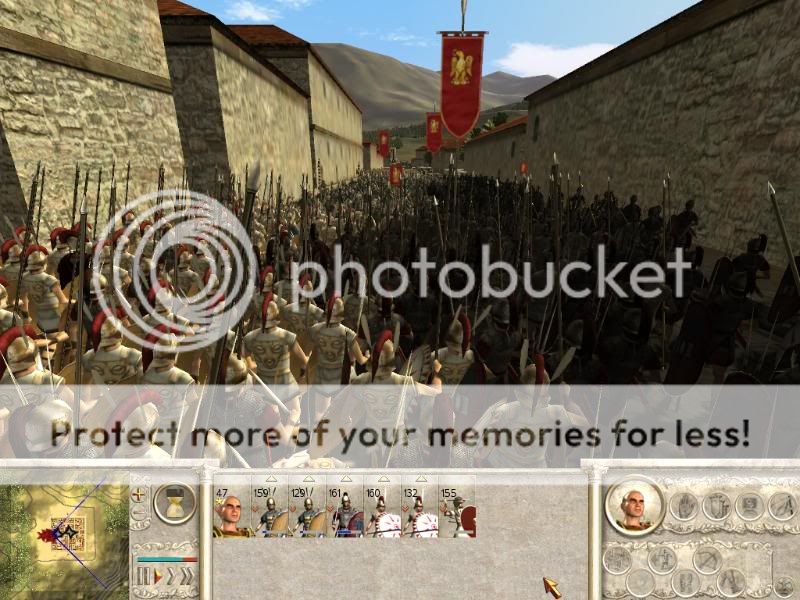

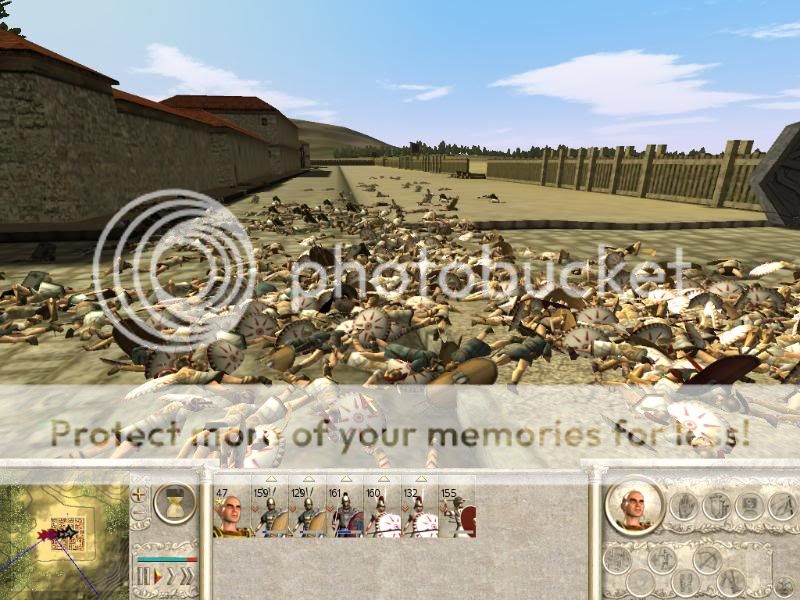
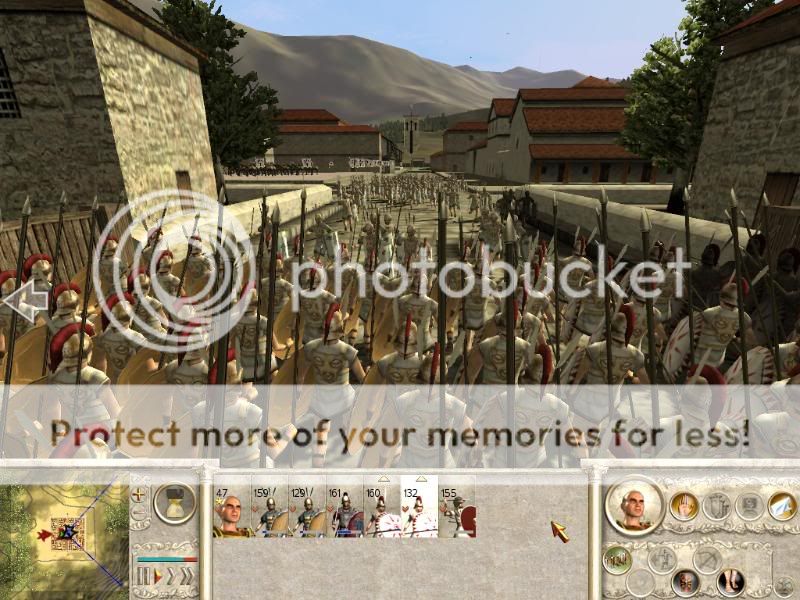
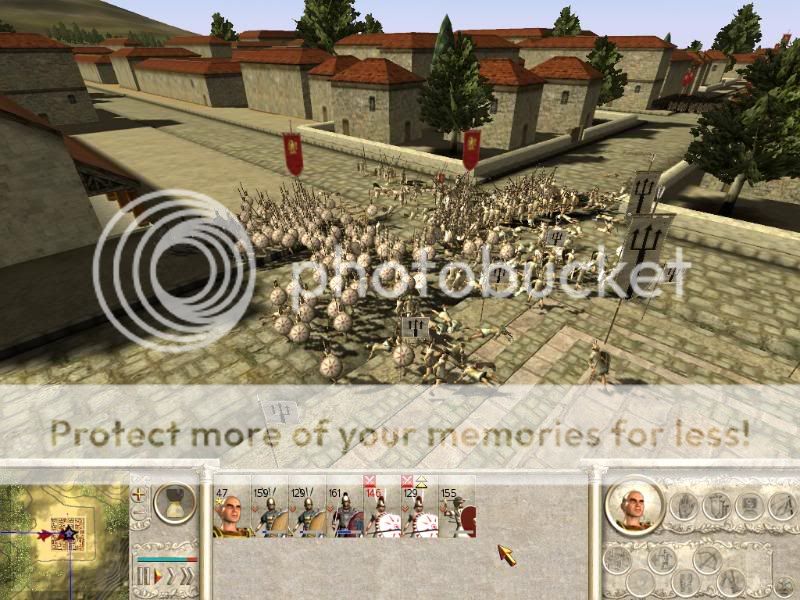
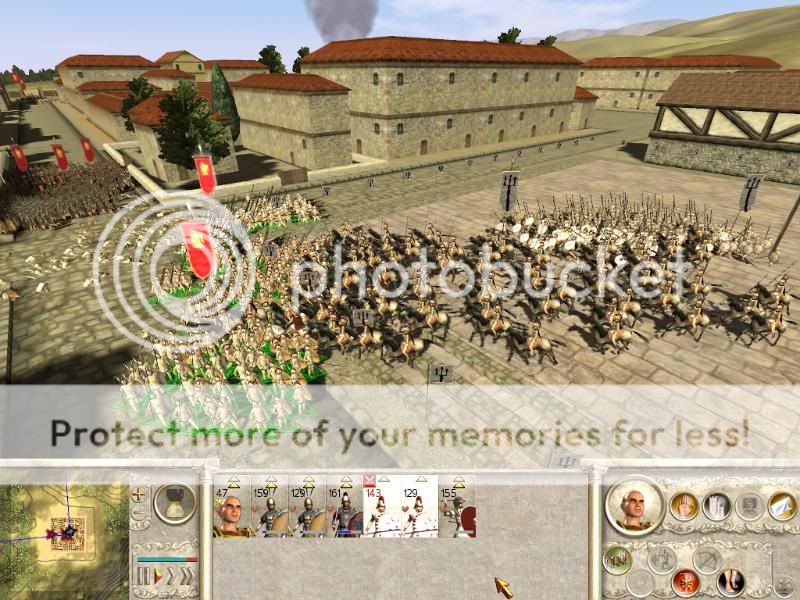
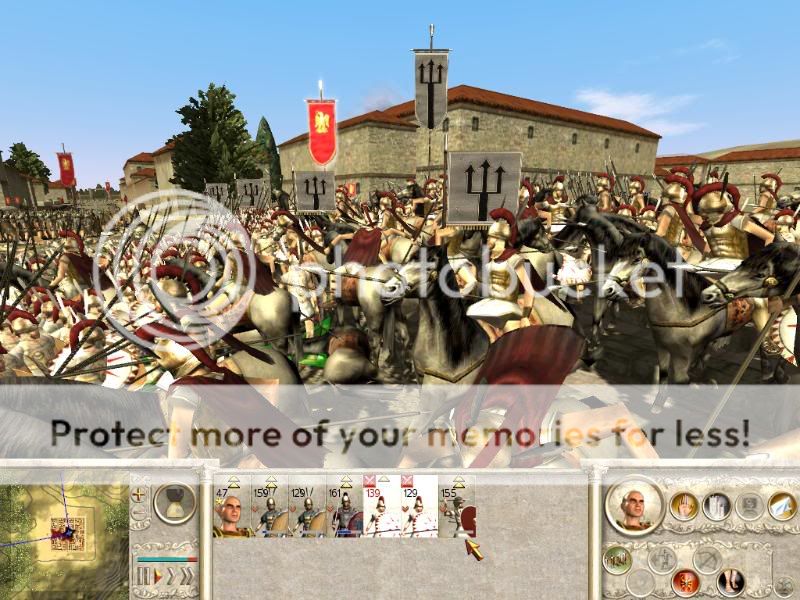
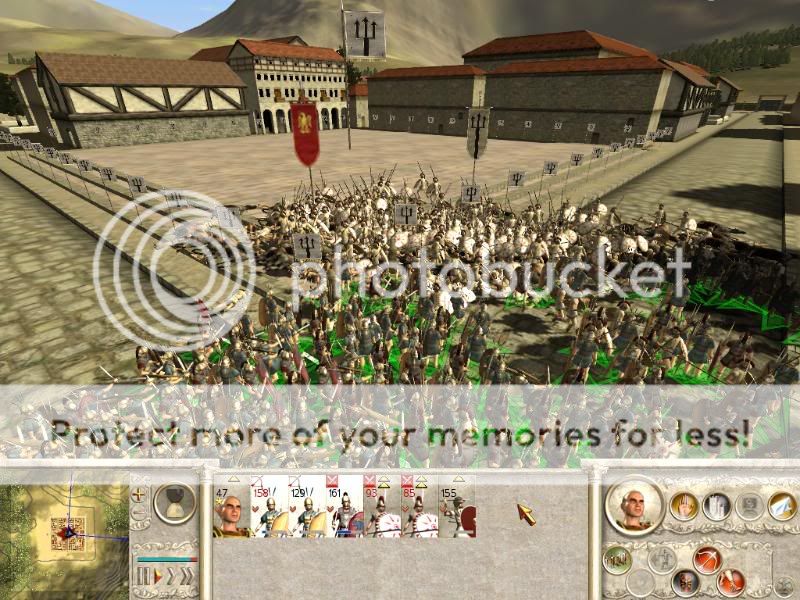
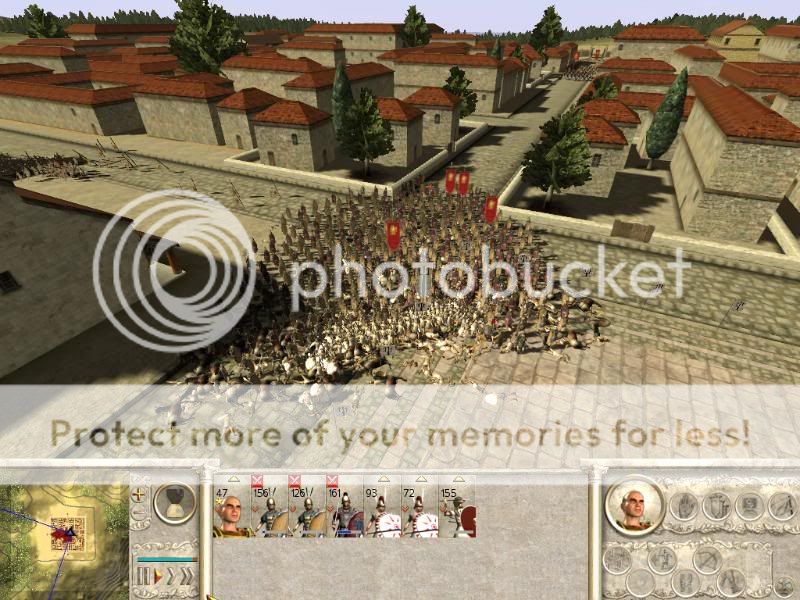
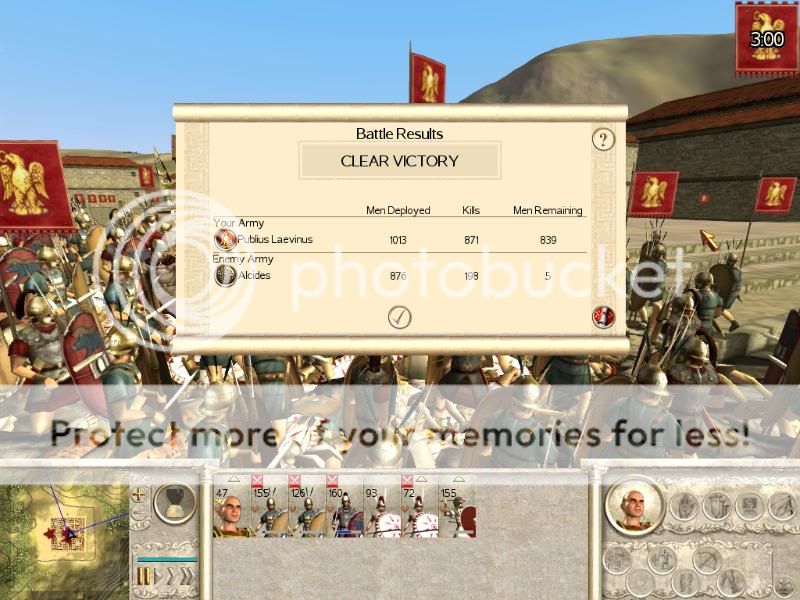
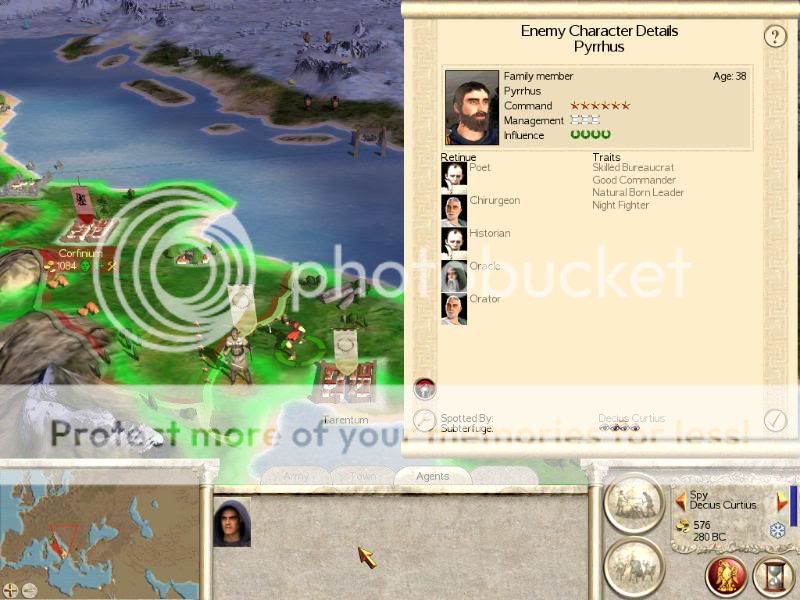




Bookmarks